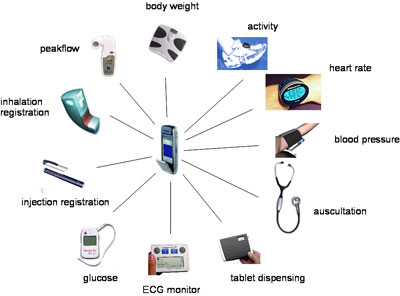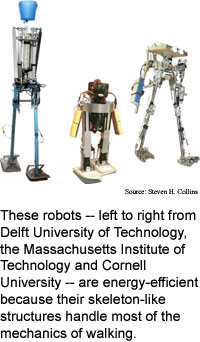Ever wonder if instant messaging has any real advantages over e-mail and cell phones? It does... but it's not the messaging part that gives IM an edge.
It's presence awareness. In an IM client, one can see whether one's "buddies" (friends, family members, co-workers, etc.) are available. Most IM tools allow users to specify what they're doing at any given moment (out of office, on the phone, at lunch, in the bathroom, whatever), which alone gives folks on their buddy lists a lot of information.
Now, developers are looking to apply presence tools to other forms of communication. For e-mail, there's
Convoq ASAP, a web conferencing tool that allows users to embed links in their e-mail messages letting recipients know if that user is available (similar to the way Yahoo! integrates its e-mail and messenger tools). Even phones will be able to apply presencing features with what is essentially beefed-up Caller ID.
Presence can be added to most forms of communications technology. With RFID tags, presence can be automatically integrated; an IM tool can tell your buddies not just that you've stepped away from your desk, but exactly where you are in the building. Coupling that with GPS tracking can take the concept to a ridiculous and unsettling (but not implausible) extreme.
The real question is going to come when we've decided we have a little too much presence in our lives. How are we going to turn off presence tools, or at least control what they say? Will we, as individuals, have the right to control our own presence, turning it on and off at will? And once we do that, will presence lose its effectiveness?
Source: C|Netinstant messaging


























